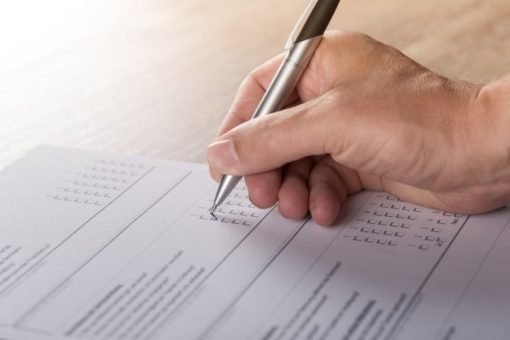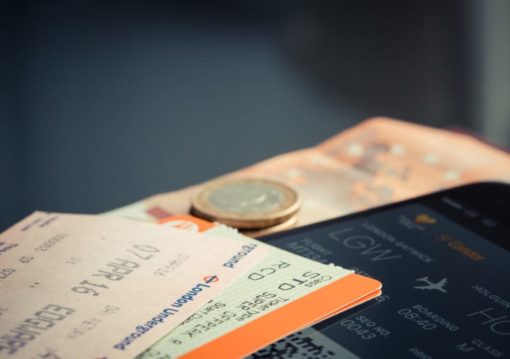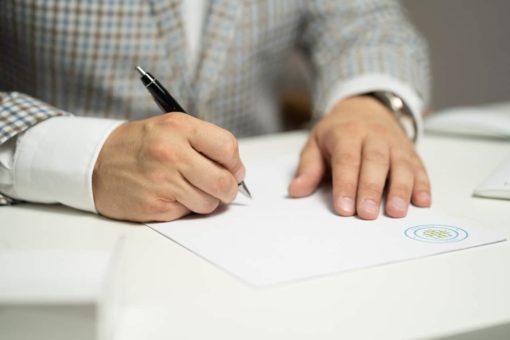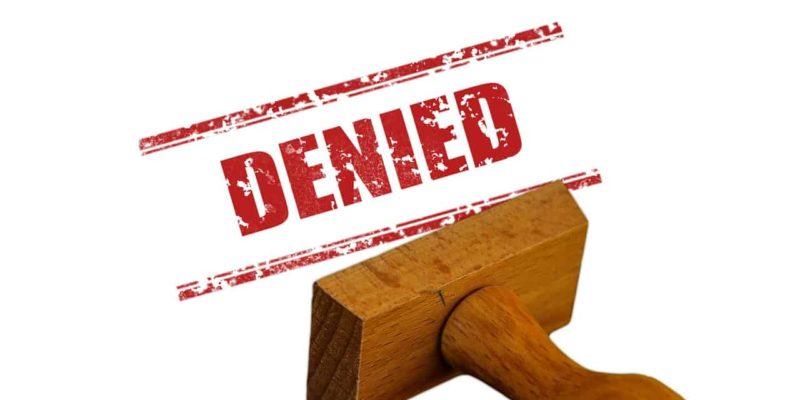If your Schengen Visa gets refused, it’s natural to feel disappointed by the negative outcome.
After dealing with a frustrating, imprecise, confusing and ineffective process due to inconsistent procedures, many rejected applicants contacted us asking for help.
A common question we often get from them is, “Can I apply for a Schengen Visa again after being refused?”
The simple answer is yes; you can apply for a Schengen Visa again after rejection.
In the unfortunate event that your application has been rejected, we’re going to walk you through all the actionable steps you need to take to reapply for a Schengen Visa and travel to Europe.
So, without further ado, let’s take an in-depth look at the Schengen Visa re-application process, reasons for reapplying, and recommended time frames to ensure that you don’t raise red flags within the Embassy or Consulate.
Table of contents:
- Reapplying to get a second Schengen Visa
- Reapplying after a Schengen Visa rejection
- Reapplying due to changes in your personal situation
- How to reapply for a Schengen Visa after refusal
1. Reapplying to Get a Second Schengen Visa

In rare cases, applicants who already got a Schengen Visa are looking to immediately reapply for the next trip.
In that case, we are encouraging you to wait for at least one to two months before reapplying for a new Schengen Visa, as you can’t have two applications outstanding at one time.
Suppose you apply for a Schengen Visa, and your application gets approved. If you go and apply for another Visa that backs straight onto your approved Schengen Visa, it can start ringing some alarm bells within the Embassy or Consulate.
Schengen Embassies and Consulates only allow you to have two applications outstanding at one time in the rare event that you need two different types of Schengen Visas.
For example, you apply for an Airport Transit Visa to travel through a Schengen State, and then your second application is for a type-C Schengen Visa.
Even so, it wouldn’t make a whole lot of sense to simultaneously apply for two different types of Schengen Visas.
If you’re in that situation, you should rather ask for one multiple-entry Schengen Visa and save the headache of going in and out and providing supporting documents for two different applications.
It’s much more convenient to maximise the use of a multiple entry Schengen Visa than it is to apply for two Visas that require two different sets of supporting documents and fees.
It is, therefore, very rare that if you’ve got your Schengen Visa approved, you’re going to need to apply for another one.
However, in the situation that you’re asking yourself, “Can I apply for two different types of Schengen Visas at the same time?”, we suggest that you think about whether you should just go and get a multiple entry Visa.
2. Reapplying After a Schengen Visa Rejection

Now, let’s jump to a second scenario (the most common one) in which you need to reapply after your Schengen Visa has been rejected.
The actionable steps you must take depend mostly on whether or not you have submitted an Appeal Letter for Schengen Visa Refusal (an official letter you have the right to write to dispute your Schengen Visa rejection).
- If you have submitted an appeal letter and haven’t been approved
If you’ve gone through that whole process and the Embassy’s decision was negative, please don’t submit a second appeal. You can only make one appeal against the refusal of a Schengen Visa.
If you’ve got a negative response after appealing your Schengen Visa rejection, take heart! Stop, cool off, reassess and recalibrate yourself before you go and apply again.
- If your Schengen Visa was rejected and you haven’t submitted an appeal
Although in most cases you can reapply for a Schengen Visa immediately after refusal, the time frame that we usually recommend people to take is a one-month period.
However, we are strongly encouraging you to go through an appeals process instead of reapplying.
The reason for this is because an appeals process means that the Visa officers can go back to your previously provided documentation, identify the incorrect documents or the documents that were missing, and give you the chance to update your application.
3. Reapplying Due to Changes in Your Personal Situation

If you’ve got a situation where your complete Schengen Visa application changes, you might need to reapply for another Visa.
For example, if you have applied for a multiple entry Visa, but your travel itinerary has changed, and you only need a single entry Visa, this is probably a good justification for reapplying.
If that is the situation, your re-application needs to be around that type of Visa, which is a single entry tourist Visa where you don’t need to worry so much about validating that you’re going to travel between a whole heap of different countries.
4. How to Reapply for a Schengen Visa After Refusal

Since reapplying for a Schengen Visa due to rejection is a very common scenario, let’s dive a little bit deeper into the re-application process and see what you need to do to remove the chances of failure.
- Wait at least 30 days
When reapplying, there is no formal limit time that you have to wait. However, our recommendation is to wait at least 30 days.
Suppose your Schengen Visa gets rejected, then you submit an appeal, and your application is still reviewed unfavourably after the appeal. In that case, you risk raising red flags if you immediately submit a new application, making it harder for you to get a Visa approval.
Spamming Embassies and Consulates with applications won’t help.
- Find out why your Visa was refused
If your Schengen Visa got refused, you should find out why the first one was rejected in the first place before submitting a new application.
Please read this guide carefully and learn the most common reasons for rejection based on the standard Visa Refusal Letter (“Standard form for notifying and motivating refusal, annulment, and revocation of a Visa”).
Our guide will provide you with valuable advice on how to avoid making the same mistakes when submitting a new Visa application.
- Correct the mistakes you’ve made in your first application or improve your situation
It is important that you always learn from your mistakes.
Being rejected does not put a big black mark against your name or decreases your chances of getting approved later.
Yes, the Visa officers do make a note of it. Nevertheless, if your Visa got rejected due to missing documents or otherwise, Embassies and Consulates are completely reasonable. So, you can go through the whole process again and reapply with confidence.
If you correct the mistakes you’ve made in your first application and improve your situation, you have a high chance of success.
- Don’t use the same documents (excluding birth certificate, passport, etc.)
Imagine you applied in June, and then you’ve got a rejection in July. By the time you understand why you were refused and what documents were missing in order to update your application, it’s in August.
Therefore, you can’t resubmit the same documents, especially because some have already been flagged as inappropriate.
When submitting a new application, you need to provide the latest photos, utility bills, bank statements, etc. If you applied on June 1st and now it’s the end of August, you can’t keep submitting the same documents.
Conclusion: Gathering new documents to reapply for a Schengen Visa may seem a frustrating, tiresome process.
However, regardless of why you are reapplying for a Schengen Visa, you can maximise your chances of success if you ensure that all of your documents are complete and filled out correctly.
If you got rejected and need help reapplying for a Schengen Visa or simply want to avoid failure, the Visas Association’s team of experts is always happy to assist you. Get your Schengen Visa personal plan today, and an expert will immediately review your situation and give you a list of exactly what to include in your application.
Remember, the number one reason your Schengen Visa is refused is due to missing or incorrect documents. We will provide you with a personalised list of requirements to ensure your application gets approved, and you will enjoy an incredible trip to Europe!
